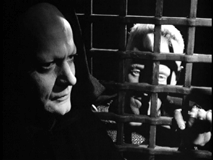Judith Shulevitz in The New York Times
on Sunday, July 18, 2010
(quoted here Aug. 15, 2010) —
“What would an organic Christian Sabbath look like today?”

The 2015 German edition of Beautiful Mathematics ,
a 2011 Mathematical Association of America (MAA) book,
was retitled Mathematische Appetithäppchen —
Mathematical Appetizers . The German edition mentions
the author's source, omitted in the original American edition,
for his section 5.17, "A Group of Operations" (in German,
5.17, "Eine Gruppe von Operationen") —
|
Mathematische Appetithäppchen: Autor: Erickson, Martin —
"Weitere Informationen zu diesem Themenkreis finden sich |
That source was a document that has been on the Web
since 2002. The document was submitted to the MAA
in 1984 but was rejected. The German edition omits the
document's title, and describes it as merely a source for
"further information on this subject area."
The title of the document, "Binary Coordinate Systems,"
is highly relevant to figure 11.16c on page 312 of a book
published four years after the document was written: the
1988 first edition of Sphere Packings, Lattices and Groups ,
by J. H. Conway and N. J. A. Sloane —

A passage from the 1984 document —





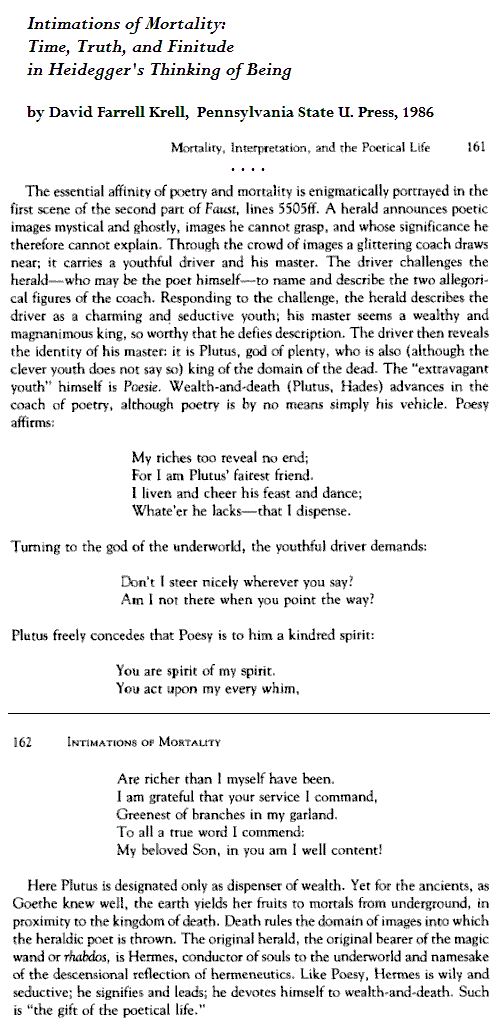







































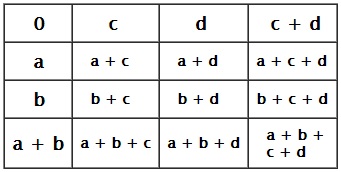





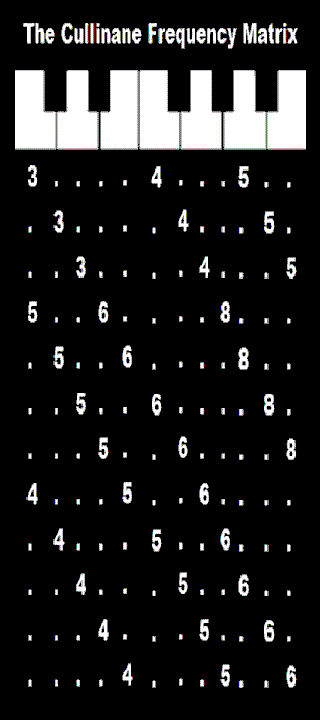

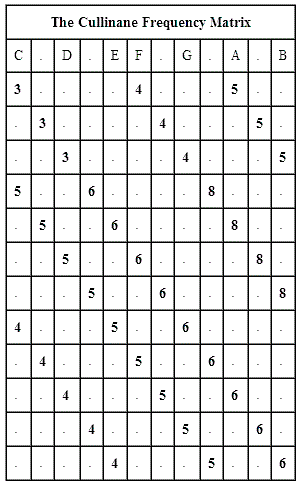











































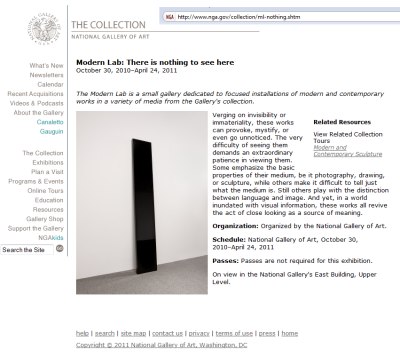


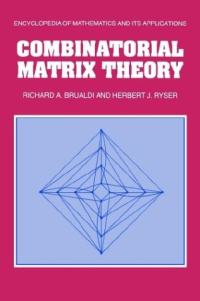
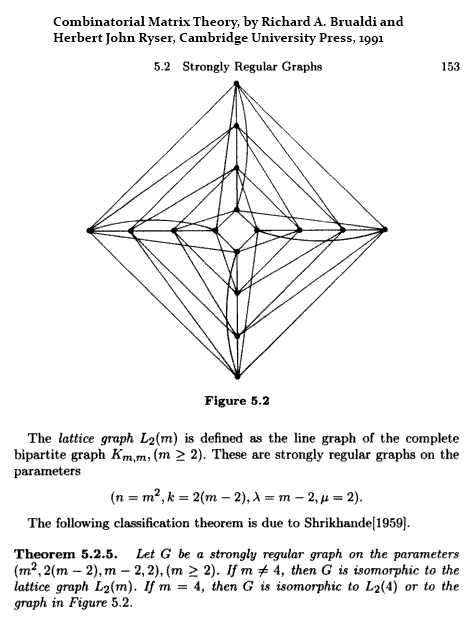














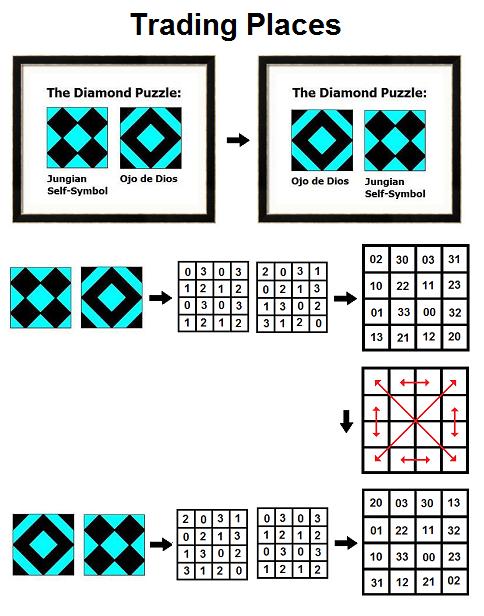

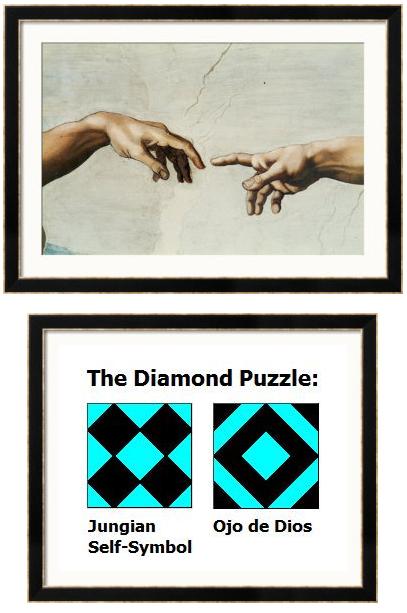




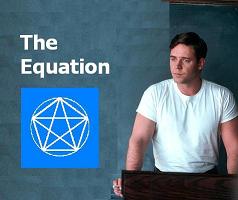



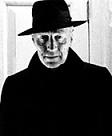










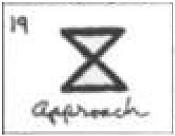






































 in my previous entry. A check of
in my previous entry. A check of 



 …
…


